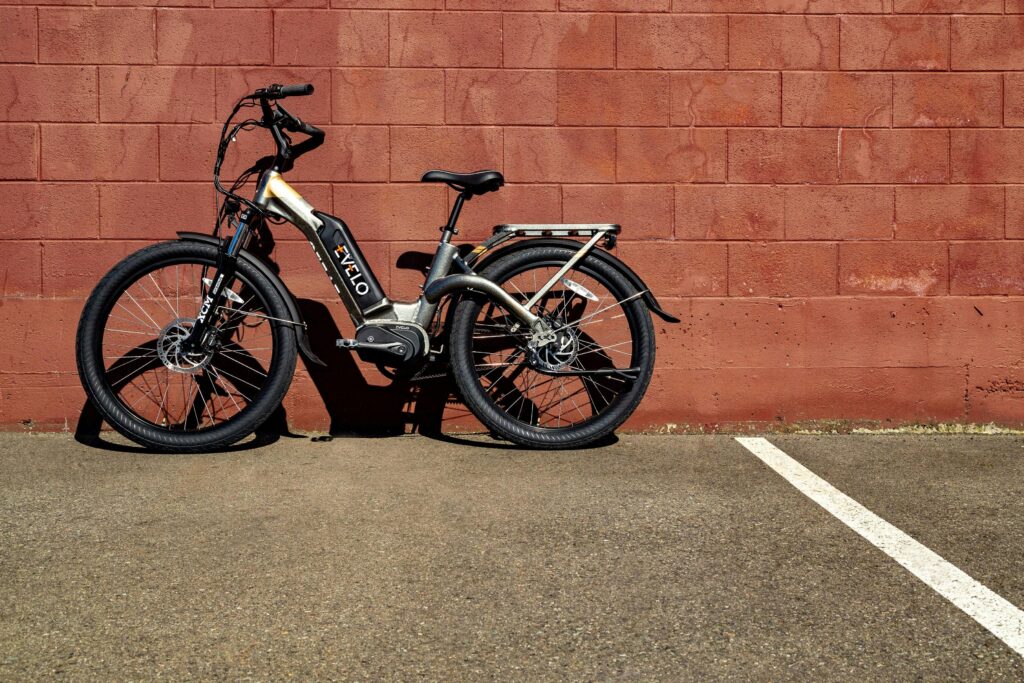Electric bikes continue to become more and more popular, thanks to their eco-friendliness and efficiency. The battery is a vital component of any electric bike, determining its performance and range. Read more!
Table of Contents:
Key Takeaways:
- Voltage is Fixed, Capacity Can Change: Upgrading requires the new battery to have the exact same voltage (V) as the original system (motor, controller), but the Capacity (Wh) can be increased for extended range.
- Mechanical Fit is Key: The primary practical challenge is ensuring the larger battery physically fits the frame and that the added weight does not compromise the bike’s balance or handling.
- Consult a Professional: Due to risks associated with installation complexity and potential electrical system modifications, seeking advice from a certified technician is crucial to ensure a safe and successful upgrade.
Understanding the Basics: Electric Bike Batteries
Before looking at whether a larger battery is feasible, it’s important to understand the basics of electric bike batteries. These usually use lithium-ion technology, which is has high energy density and a long lifespan, plus are lightweight. A li-ion battery’s energy is measured in watt-hours (Wh), which determines how far an electric bike can be ridden on a single charge.
Factors to Consider
Electric compatibility: Electric bikes are designed with particular battery requirements. Upgrading might not be possible if the new battery doesn’t fit or if the bike’s electrical system isn’t compatible with the higher voltage.
Mechanical compatibility: Larger batteries nearly always weigh more, and a heavier battery could adversely affect the bike’s balance and handling. Designers need to consider whether the battery will fit into the frame and how it will be housed. Consideration of whether the bike’s frame can support the additional weight is vital.
Cost: Upgrading to a bigger battery can be costly. This cost is affected not only by the price of the battery itself, but also by the modifications required to the bike’s electrical system. So, it’s important to consider whether the cost can be justified.
Benefits of a Bigger Battery
Extended range: A bigger battery’s most obvious advantage is increased range. The more energy stored in the battery, the further you can travel without needing to recharge.
Enhanced performance: A bigger cell might also deliver improved performance, allowing for extended life cycles due to less load of cells.
Versatility: A larger battery boosts an electric bike’s versatility, making it suitable for longer commutes and even off-road adventures where access to charging stations will be limited.
Potential Challenges
Installation complexity: Upgrading to a bigger battery will require technical expertise to make the necessary modifications to their bike’s electrical system. Improper installation could damage the bike or even pose safety risks.
Reduction in portability: Larger batteries are heavy, meaning any bike housing one will be less portable. This would make it challenging to carry the bike in places like public transport.
Conclusion
The idea of boosting a bike’s range with a larger battery is certainly tempting, but careful consideration must be given to doing so.
Before proceeding with an upgrade, it’s essential to understand the challenges and feasibility of such a move. Speaking with a professional bike technician or manufacturer is advisable, as doing so will provide insights into the process and help to ensure a smooth transition without safety or functionality being affected.
Ultimately, whether it’s feasible and worthwhile putting a larger battery into your e-bike depends on various factors relating to your individual bike and riding needs.
If you’d like to learn more about the batteries we provide, please reach out to a team member today.
Is it possible to upgrade to a larger battery on my e-bike?
What are the benefits of installing a bigger battery?
Are there any challenges or risks associated with upgrading to a bigger battery?
How can I ensure a safe and effective battery upgrade?
About the Author
EMBS
Leading manufacturer of advanced battery systems with a market presence of over 25 years. We specialise in rechargeable lithium-ion batteries, producing a wide range of systems with varying power and capacity.
